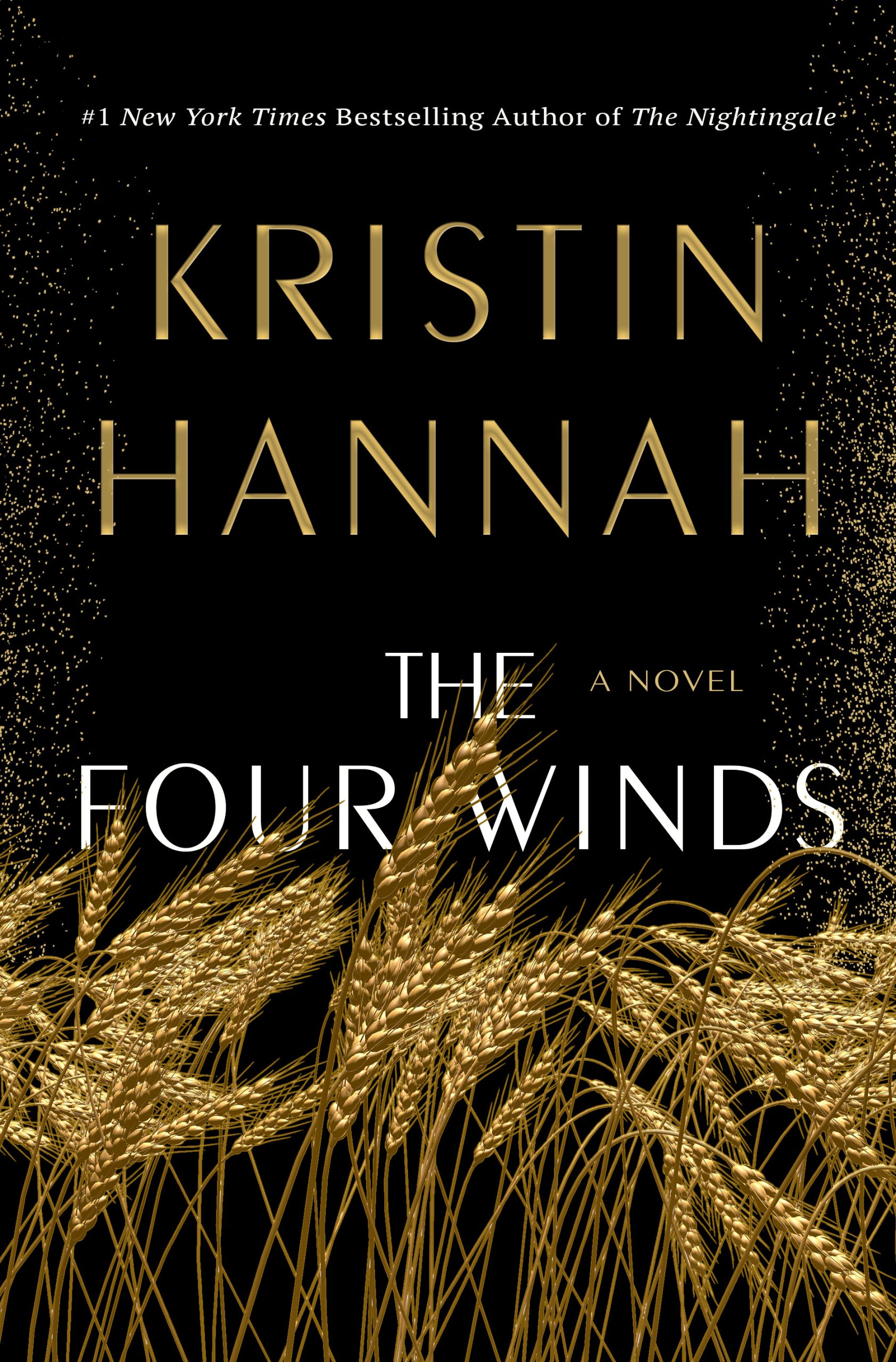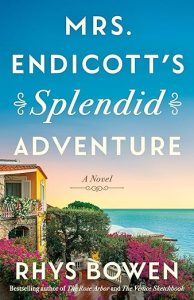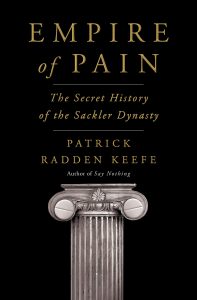
Kristin Hannah’s historical epic plunges readers into Dust Bowl Texas and the brutal realities of the Great Depression, told through the stubborn grit of one unforgettable heroine, Elsa Martinelli. It is a novel of survival and sacrifice on the American frontier, and it has earned passionate praise for its emotional power while also drawing some criticism for broad-strokes characterization. Taken together, those reactions point to exactly what this book delivers: a sweeping, immersive story that aims straight for the heart.
The setup
Texas, 1934. Crops fail, wells dry up, and sky-borne dust turns day into a yellow-brown dusk. Elsa and her children face a choice shared by thousands of families of the era: cling to the land they love or gamble everything on a desperate journey west to California. Hannah renders the disaster with tactile detail, from grit that cakes the throat to dust pneumonia that steals lives overnight. The novel’s middle act follows the hard road west and the harsh welcome awaiting migrants who are mocked as Okies and priced out of basic dignity.
What works brilliantly
At its core, The Four Winds is a survival story. Hannah shines when she centers women who endure impossible circumstances, and Elsa belongs beside the author’s most compelling leads. She begins as a discounted, dutiful daughter and grows into a fierce protector who will do anything to keep her family alive. The mother-daughter thread between Elsa and Loreda is the book’s spine, capturing both adolescent scorn and the love that keeps them moving when hope is a thin thread.
Hannah’s scene work around the environment is especially vivid. Dust storms arrive like living things. Livestock bristle with static. Entire towns seem to vanish under a shifting sea of grit. Those images do more than decorate the page. They explain why families packed everything they owned into rattling cars and chased a rumor of better days. Readers who love emotionally charged, high-stakes historical fiction will find these sections magnetic and deeply affecting.
Where readers may stumble
Not everyone will be swept away. Some readers argue that the narrative often tells rather than patiently shows. Episodes of danger can flare and fade quickly, leaving little time for consequences to deepen. Secondary characters can feel like types rather than fully shaded figures, and the California chapters echo familiar beats from Dust Bowl classics. If you want granular social realism in the mode of Steinbeck, the novel’s good-versus-evil contrasts and brisk exposition may feel too neat.
Themes that linger
Hannah returns to ideas she explores across her work: the invisible labor of women, the price of dignity in hard times, and the stubborn ember of hope that refuses to go out. The book also asks a pointed question that still resonates today. What does a society owe the people who harvest its food, mend its fences, and keep its engines running when disaster strikes. The answer, in these pages, is complicated and often cruel, which is why Elsa’s small victories land with such force.
Style and pacing
This is propulsive historical fiction. Chapters move quickly, emotions run hot, and the prose prioritizes clarity and momentum over literary detours. That pace makes a 400-plus page novel read like a long afternoon. It also explains why some readers sobbed their way through the final act and others wished for a touch more restraint. Either way, it is difficult to remain indifferent.
Verdict
The Four Winds is a powerful, accessible entry point to the Dust Bowl era with a heroine you will root for even when the world around her feels merciless. It may not satisfy readers seeking cool, documentary realism or intricate psychological portraits across the full cast. But as an intimate epic about a mother who keeps getting up after every blow, it hits home. If you want historical fiction that grabs your heart, leaves grit on your tongue, and honors ordinary courage, Kristin Hannah delivers.


